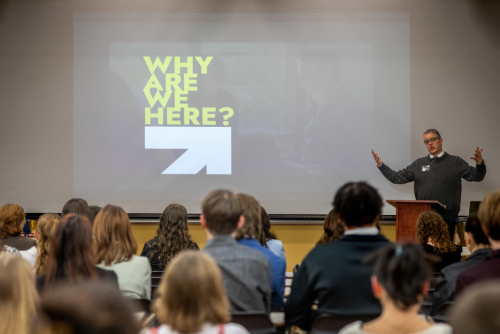In today’s interconnected world, communication is more than just exchanging information. It’s about building relationships, fostering understanding, and creating a sense of belonging. To achieve this, we must implement inclusive communication.
What is Inclusive Communication?
Inclusive communication involves actively considering the diverse needs of an audience and adapting communications so that everyone has equal access and is able to understand the given information. It’s about understanding different communication styles, the power of verbalization and writing, and how they can impact your peers.
Inclusive communication is not about being politically correct, but actually understanding and respecting diverse perspectives.
The goal of this type of communication is to coney a message to anyone, no matter what their background is. It’s about utilizing methods that are accessible and respectful to diverse audiences, differences in culture, language, ability, and experience.
How can We Improve Inclusive Communication?
The process of implementing inclusive communication is not something that can happen overnight. It requires continuous learning and consistency. The following methods should help you contribute to an environment where everyone feels understood, respected, and valued.
Know your audience
Consider the diverse backgrounds that members of your audience may come from, as weel as their experiences, abilities and communication preferences.
Offer choices that suit different communication styles
Now that you understand who your audience is and how they prefer to communicate, implement a variety of communication methods. This could include providing some with written information and others with verbal, or sending out an agenda before a meeting for those who take a little bit longer to process information.
Try to eliminate personal biases
Understand your own biases and how they might affect your communication. Think reflectively and challenge your preconceived attitudes. When reflecting on your own biases, keep the platinum rule in mind: treat others the way you’d like to be treated.
Make accessibility the default
Requiring your audience to request certain accommodations may put a pressure on them that steers them away from receiving their accommodation. Instead, accessibility should be the default.
This can be as simple as adding automatic closed captions to videos and video calls or adding captions to any visual elements that could be difficult to process.
Here are some other tips:
- Be mindful of visuals.
- Speak plainly (avoid idioms, metaphors and jargon).
- Avoid terms with a negative connotation.
- Avoid stereotypical terms.
- Avoid language that could be derogatory toward people with disabilities.

This can be as simple as adding automatic closed captions to videos and video calls or adding captions to any visual elements that could be difficult to process.
Saige Chandler, Communication Team Master, said, “My biggest tip is just being aware and educated. I avoid stereotyping in my writing and try to use neutral language as much as possible unless it’s been specifically stated otherwise.”
So what?
Inclusive communication isn’t just a matter of politeness; it’s a step to creating a society that thrives. By actively fostering environments where diverse voices are heard and respected, we unlock the potential for greater understanding, collaboration, and innovation. When everyone feels valued and included, we build stronger communities, more effective organizations, and a world where every individual can contribute their unique perspectives.




